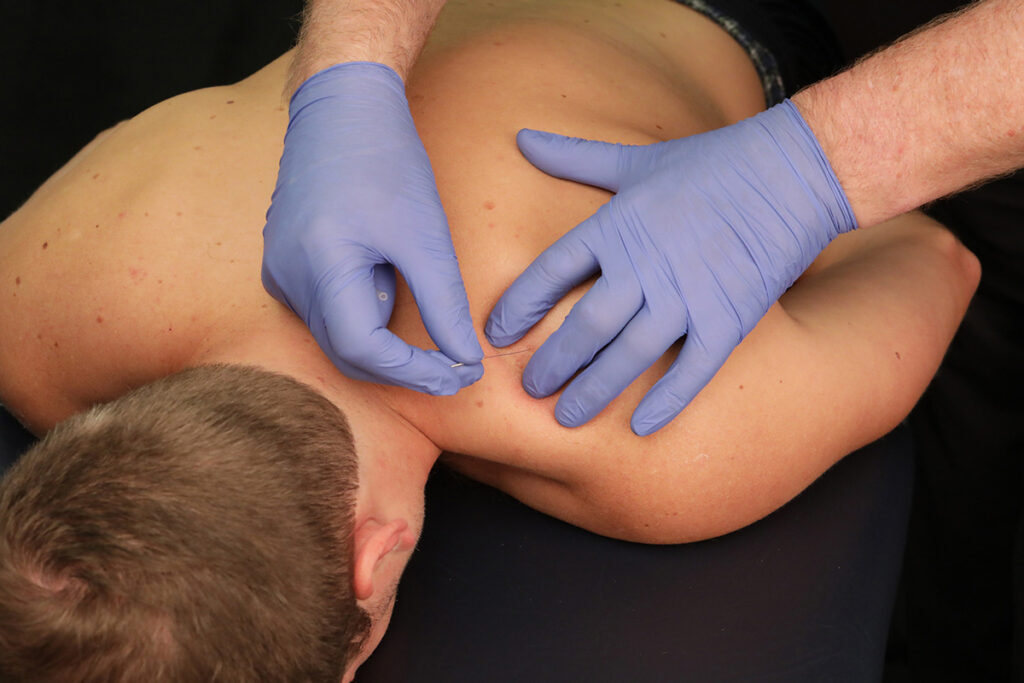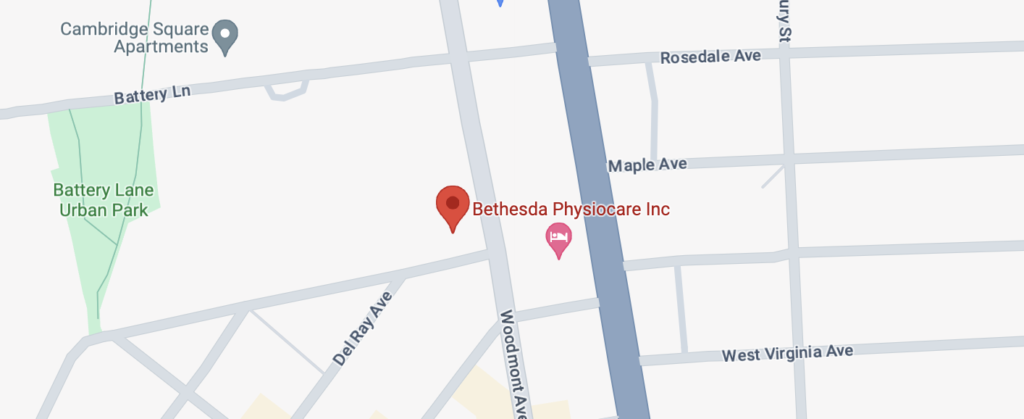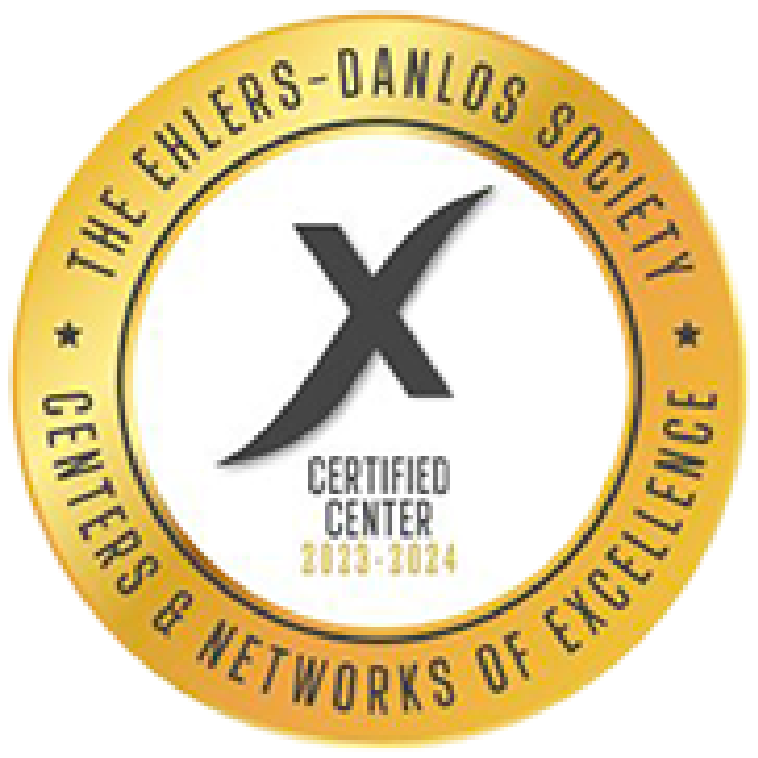
Do you or someone you know require physical therapy due to an injury or medical condition? Are you aware of the positive impact dry needling can have on your therapy treatment? Here, we will discuss what you can expect with a Bethesda dry needling therapy session.
At Bethesda Physiocare, located in Bethesda, MD, we offer a multitude of therapy treatments, including dry needling, pelvic pain, exergaming, and chronic pain management, amongst many more. To schedule an appointment with one of our therapists, give us a call at (301) 656-5613 or contact us online.
How Dry Needling Can Help
Dry needling in Bethesda is one of the most successful treatment practices to locate pain trigger points as well as help reduce the amount of pain received with conditions like migraines, joint pain, scar tissue, and EDS. Dry needling can have many benefits, but it’s understandable if you’re hesitant due to being unfamiliar with it. Read below for a list of things to expect following dry needling therapy.
In the realm of physical therapy, identifying the root cause of pain is paramount for effective treatment. However, some conditions manifest with referred pain patterns, often leading to misdiagnosis and suboptimal care. This is where dry needling, a technique gaining traction in the field, emerges as a valuable tool. By targeting trigger points and alleviating referred pain, dry needling can revolutionize physical therapy plans of care, unveiling misdiagnosed conditions and providing relief where it’s needed most.
Understanding Referred Pain: Referred pain is a fascinating phenomenon where pain is felt in a location distant from its actual source. This occurs due to the convergence of sensory nerves in the central nervous system, leading to confusion in the brain about the origin of the pain. For instance, a trigger point in the neck muscles might cause pain to radiate down the arm, mimicking symptoms of a herniated disc in the cervical spine. These misinterpreted signals often result in misdiagnosis and inappropriate treatments.
The Role of Dry Needling: Dry needling involves inserting thin needles into trigger points within muscles to stimulate a biochemical and neurophysiological change. By doing so, dry needling can help relieve pain and improve function.
Incorporating Dry Needling in Physical Therapy:
- Comprehensive Assessment: Physical therapists trained in dry needling perform a thorough assessment to identify trigger points and understand the referred pain patterns. This involves analyzing the patient’s medical history, conducting orthopedic examinations, and palpating muscles for tender spots.
- Targeted Treatment: Once trigger points are identified, dry needling is employed to deactivate them. By inserting needles directly into these points, the therapist elicits a twitch response, followed by relaxation of the muscle. This helps release tension and alleviate pain both locally and in the referred pain areas.
- Reassessment and Adjustment: As treatment progresses, ongoing reassessment is crucial. Patients may experience immediate relief or a temporary exacerbation of symptoms, followed by improvement. Therapists monitor progress, adjust treatment techniques, and educate patients on self-care strategies to optimize outcomes.
- Education and Empowerment: Beyond the treatment sessions, educating patients about referred pain and the role of dry needling is essential. Empowering patients with knowledge about their condition fosters active participation in their recovery journey and promotes long-term wellness.
- Collaborative Care: Incorporating dry needling into a comprehensive physical therapy plan often involves collaboration with other healthcare professionals, such as physicians, chiropractors, or massage therapists. This multidisciplinary approach ensures holistic care and addresses all aspects of the patient’s condition.
Conditions Benefiting from Dry Needling: Numerous orthopedic conditions exhibit referred pain patterns and can be effectively treated with dry needling, including:
- Tennis Elbow: Characterized by trigger points in the extensor forearm and upper arm muscles
- Cervicogenic Headaches: Originating from the neck but perceived as headaches due to referral patterns.
- Sciatica: A common misdiagnosis that is thought to involve the sciatic nerve. Many times, deep trigger points in the gluteal and surrounding hip muscles can mimic the pain of sciatica.
- Rotator Cuff Tendinopathy: Trigger points in the shoulder muscles contribute to shoulder pain and dysfunction.
Incorporating dry needling into a physical therapy plan of care offers a promising approach to identifying and addressing referred pain patterns, often misdiagnosed as other orthopedic conditions. By targeting trigger points and alleviating pain at its source, dry needling empowers patients to reclaim their mobility and quality of life. As the understanding of referred pain continues to evolve, integrating techniques like dry needling into mainstream physical therapy practice holds immense potential to revolutionize patient care and outcomes.



